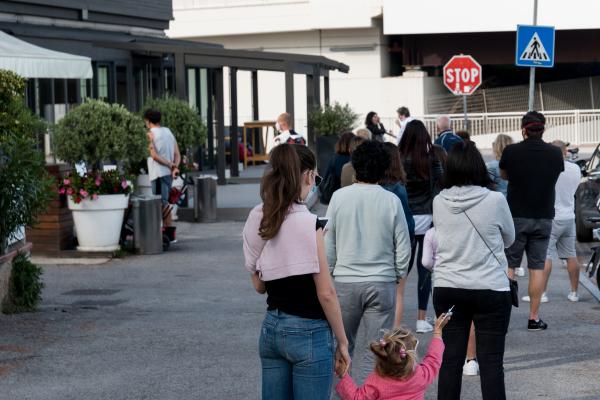Dreaming robots and creative computation – the future of AI takes shape
From Terminator to Blade Runner, artificial intelligence (AI) inspires fear and awe in equal measure, but how does the reality match up to the fiction, and what’s going to happen next?
On 7 June 2014, a chatterbot named Eugene Goostman passed the Turing test – the benchmark for AI that challenges people to decide whether an entity is human or machine, while earlier that year scientists in Germany simulated a simplified honeybee brain on a robot.
Horizon takes a look at the future of AI during August by speaking to researchers at the cutting edge of AI development.
We hear from researchers who are teaching robots to dream and to learn from each other in robot ‘kindergartens’, and we find out about creative computers who can come up with innovative ideas for books and films.
From wars to weddings, Europe’s history is stored in billions of archival pages across the continent. While many archives try to make their documents public, finding information in them remains a low-tech affair. Simple page scans do not offer the metadata such as dates, names, locations that often interest researchers. Copying this information for later use is also time-consuming.
Artificial intelligence is growing ever more powerful and entering people’s daily lives, yet often we don’t know what goes on inside these systems. Their non-transparency could fuel practical problems, or even racism, which is why researchers increasingly want to open this ‘black box’ and make AI explainable.
As the coronavirus pandemic endures, the socio-economic implications of race and gender in contracting Covid-19 and dying from it have been laid bare. Artificial intelligence (AI) is playing a key role in the response, but it could also be exacerbating inequalities within our health systems – a critical concern that is dragging the technology’s limitations back into the spotlight.
Robots passing cognitive tests such as recognising themselves in a mirror and being programmed with a human sense of time are showing how machines are being shaped to become a bigger part of our everyday lives.
Artificial intelligence (AI) technology can help us fight climate change – but it also comes at a cost to the planet. To truly benefit from the technology’s climate solutions, we also need a better understanding of AI’s growing carbon footprint, say researchers.
Bi-weekly news alert
The best Horizon stories, delivered to your inbox
Subscribe now






